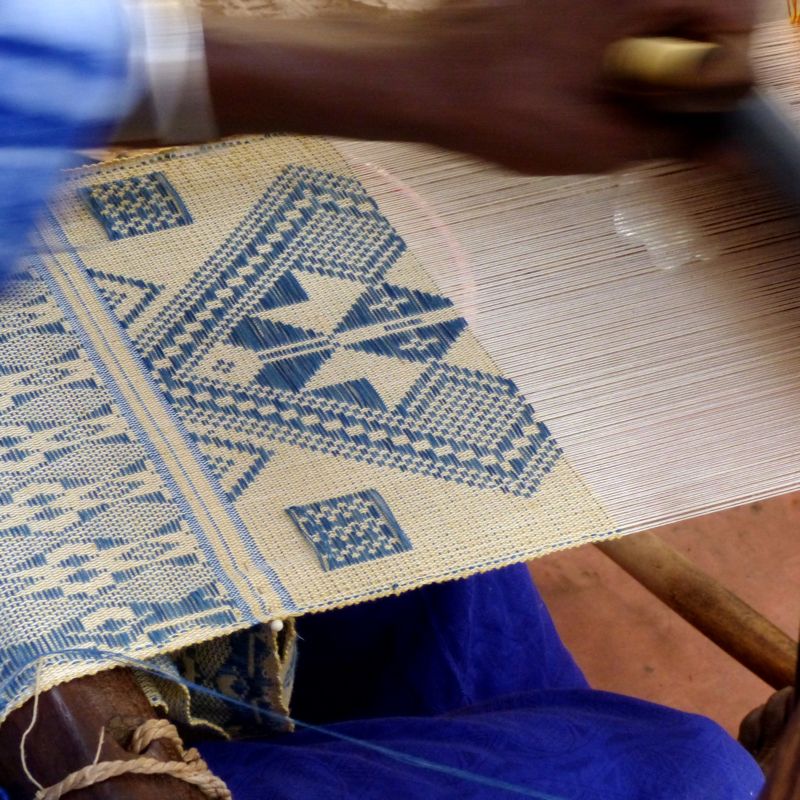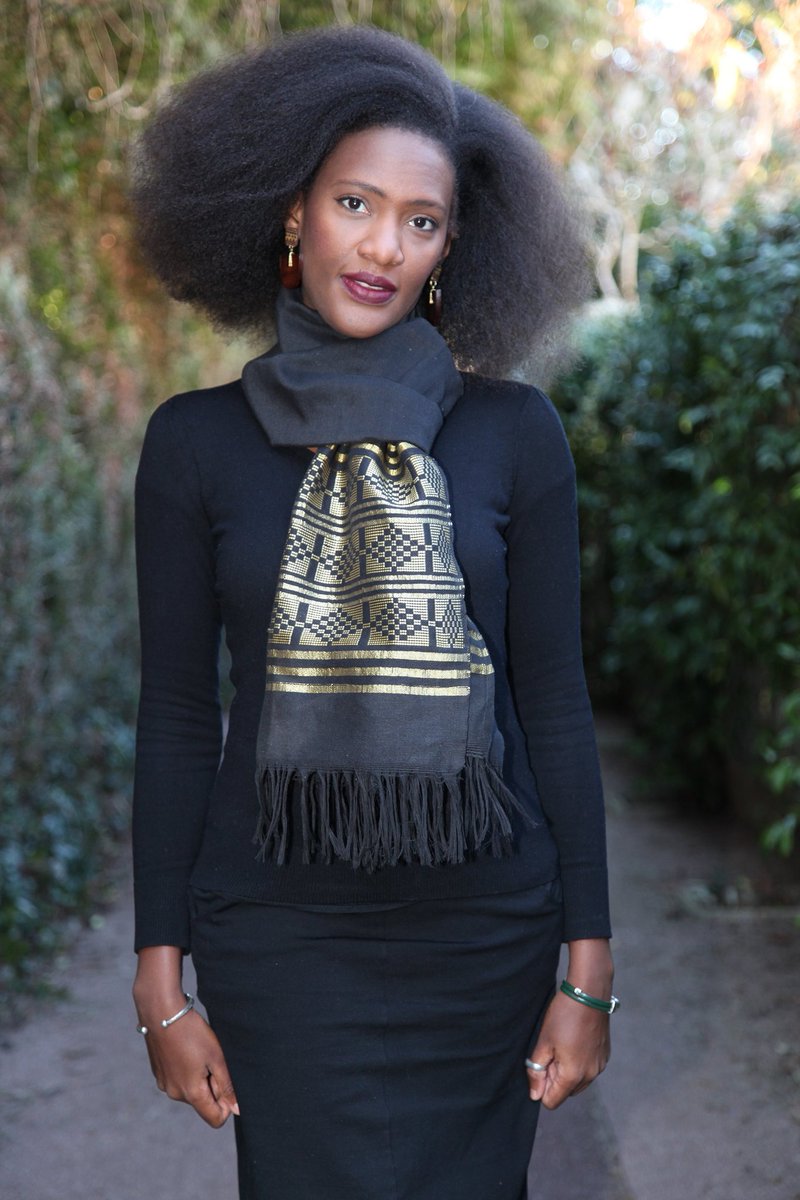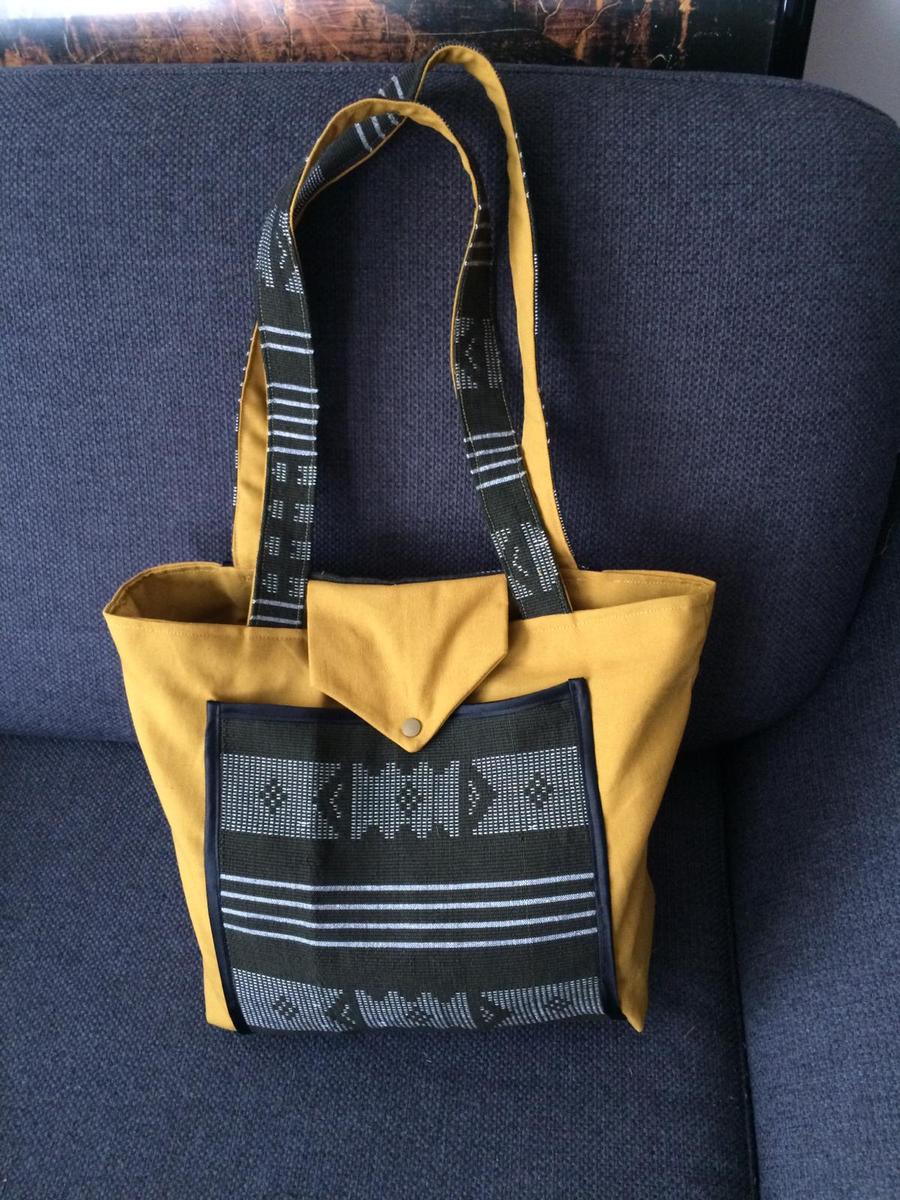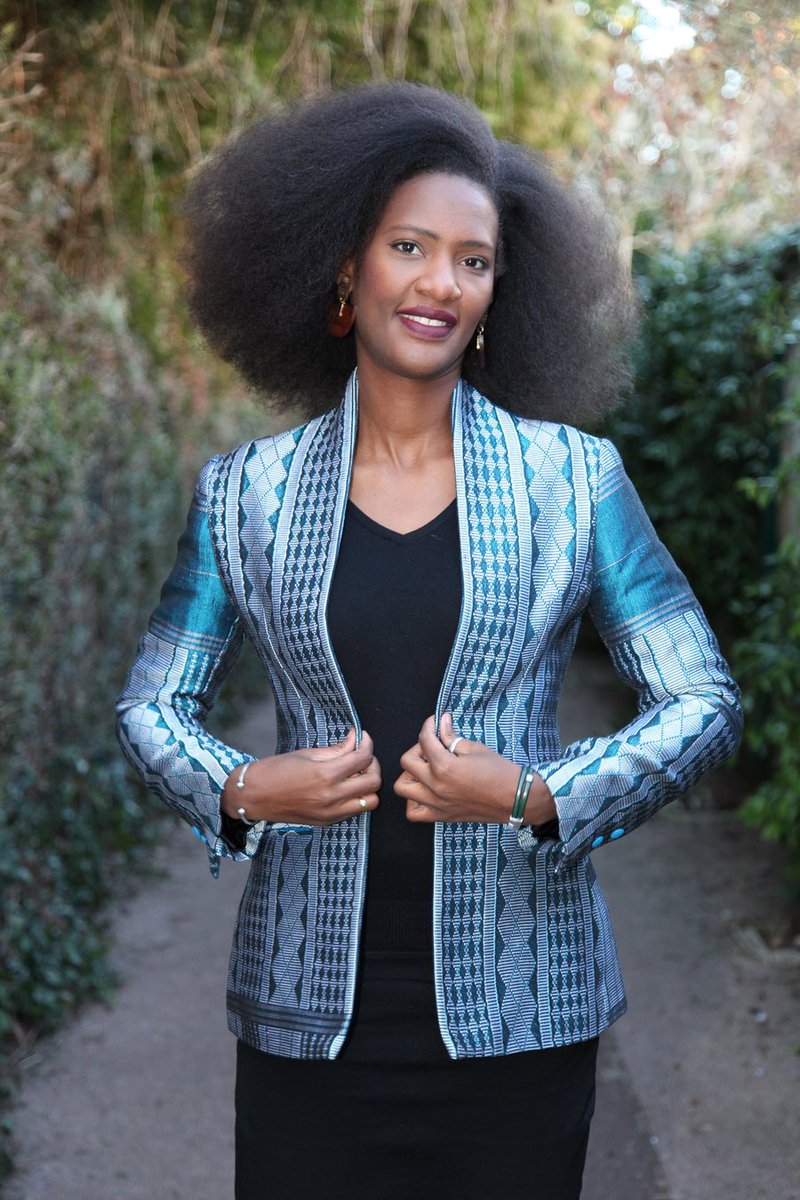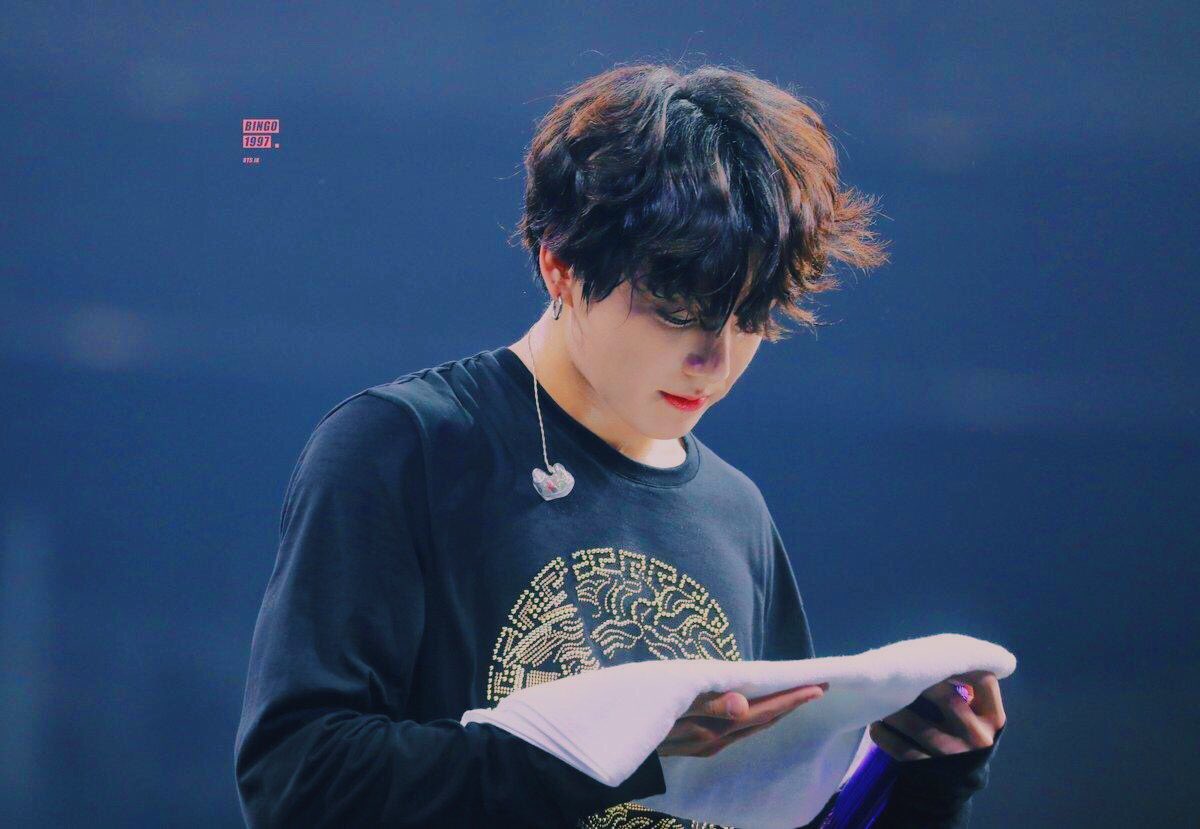Bògòlanfini or bogolan is a handmade Malian cotton fabric traditionally dyed with fermented mud. It has an important place in traditional Malian culture & has, more recently, become a symbol of Malian cultural identity.
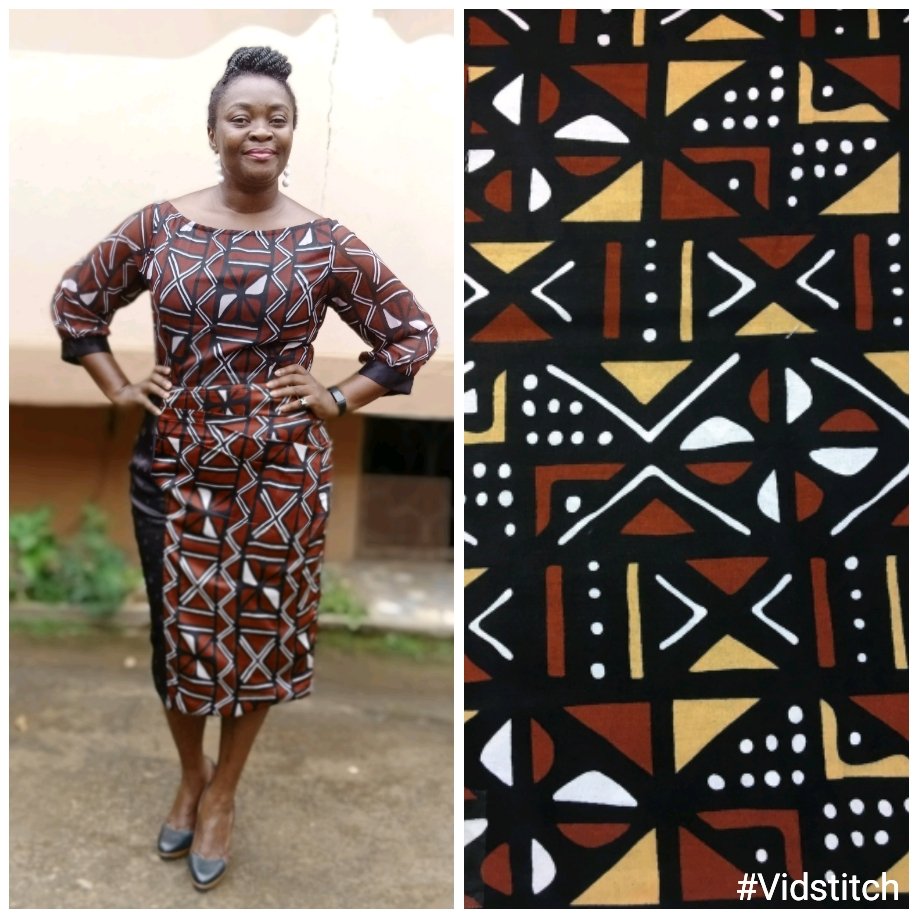
📷: @moityuwaifo and son.
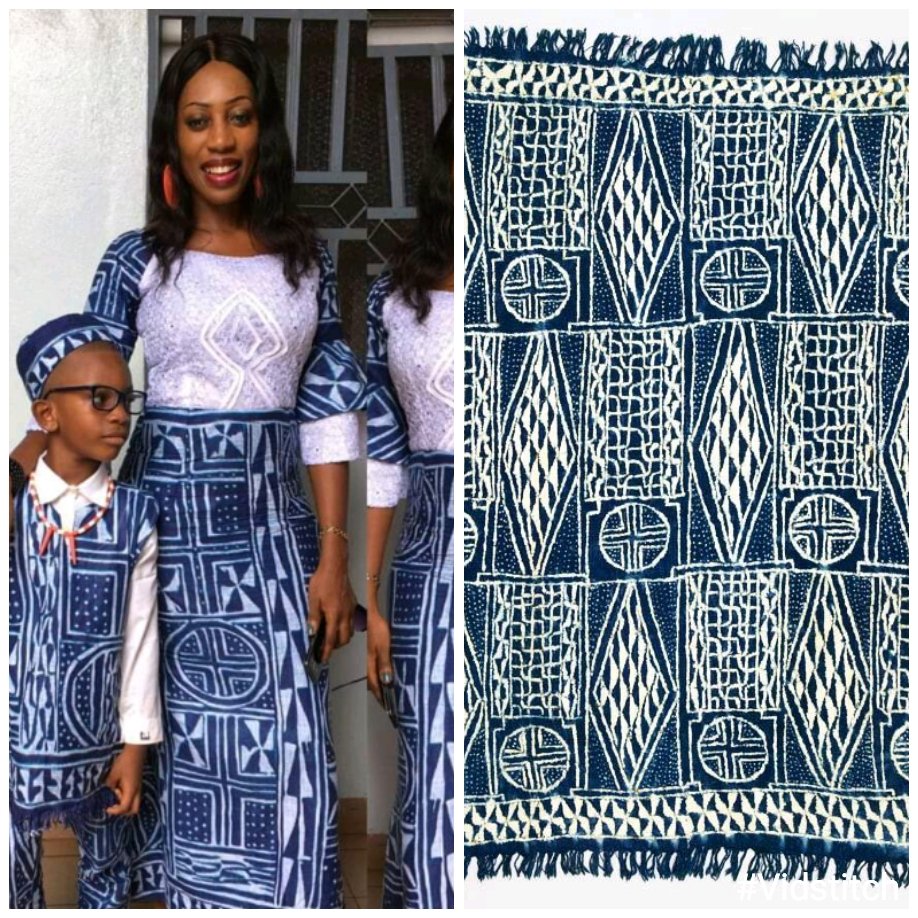
Designs representing culture & history are stitched in patterns on velvet fabric (originally). Today, it's evolved to satin & cotton fabrics.
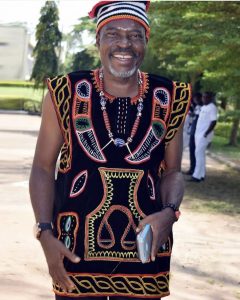
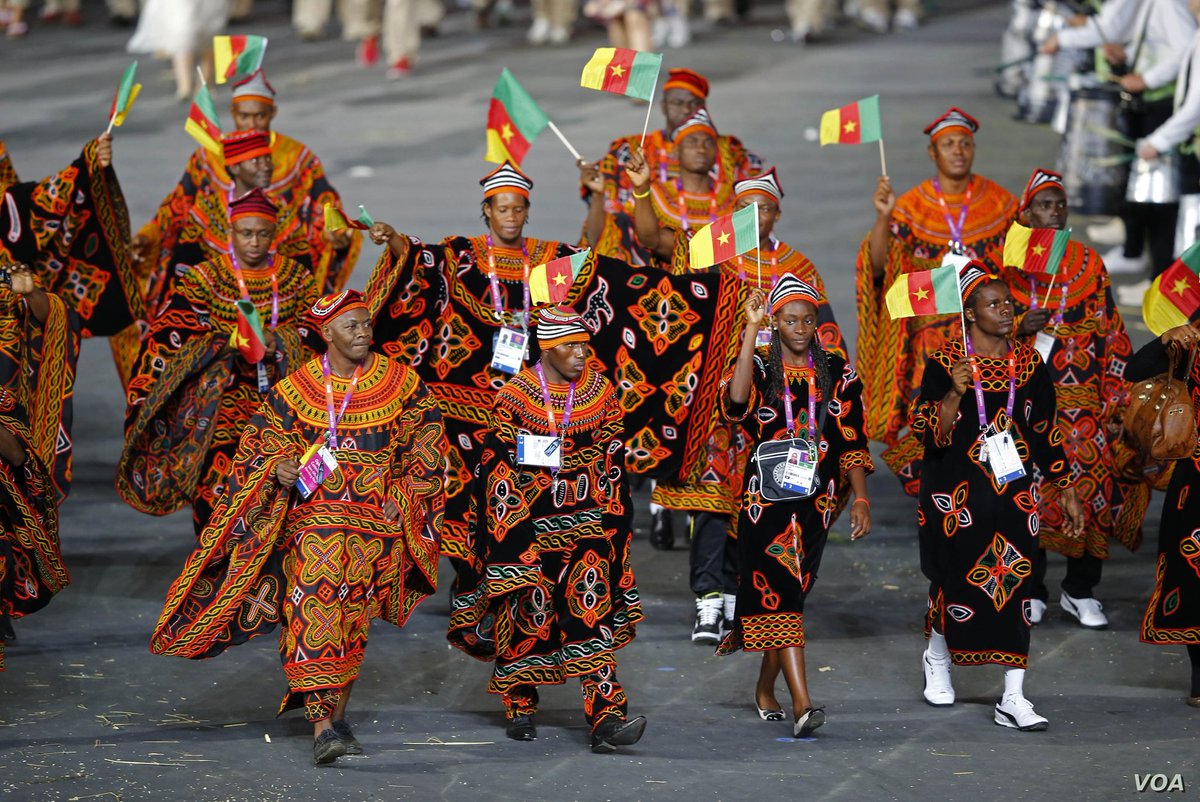
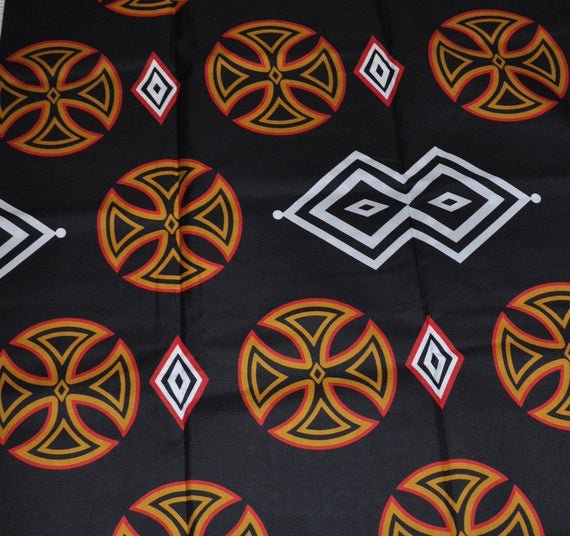
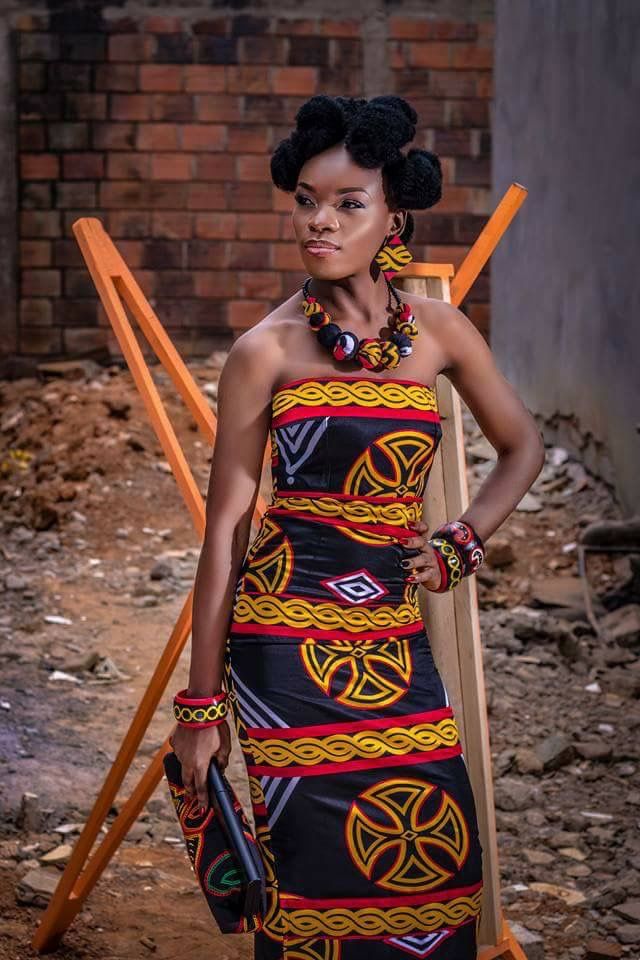
Today, there are three primary resist techniques used in Nigeria:
Onikan
Alabere
Ekeko
(please reply with more of this cultural attire).
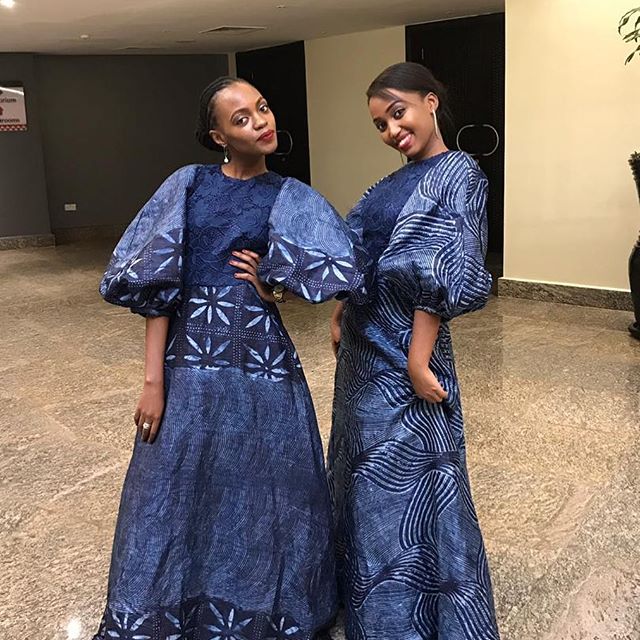
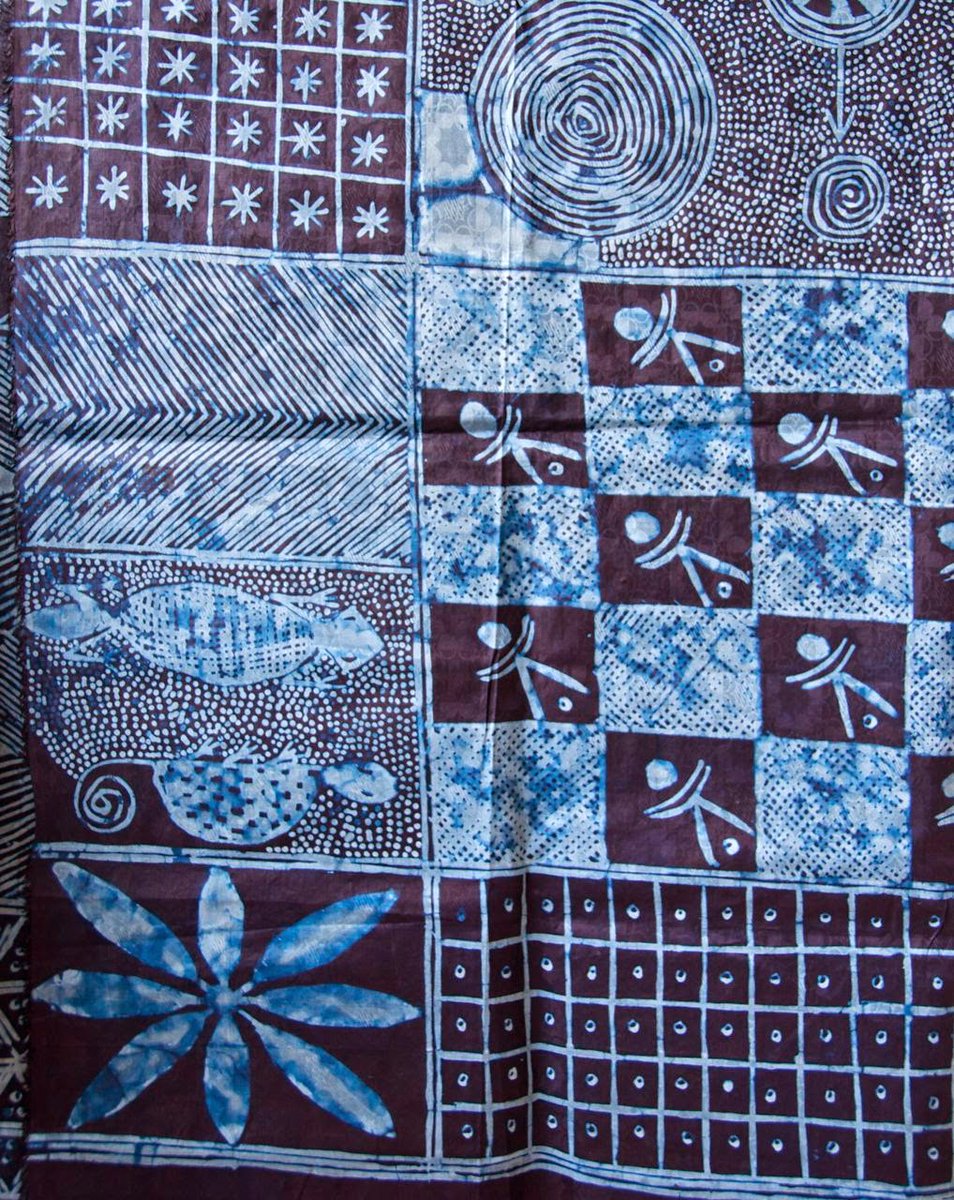
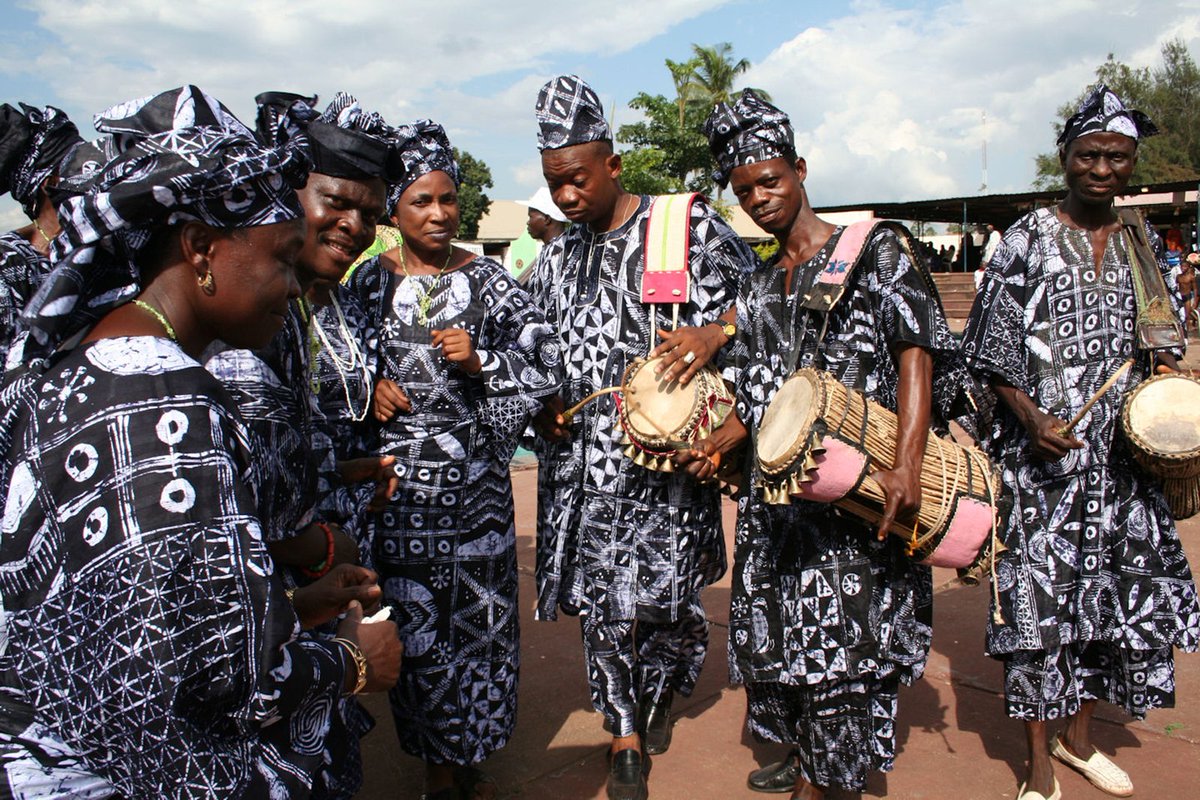
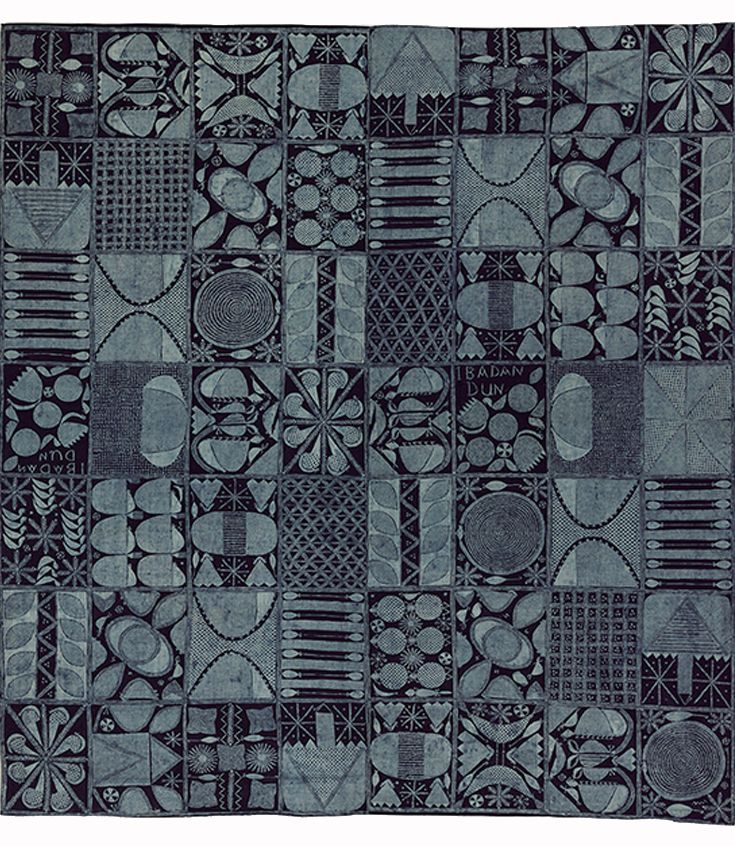
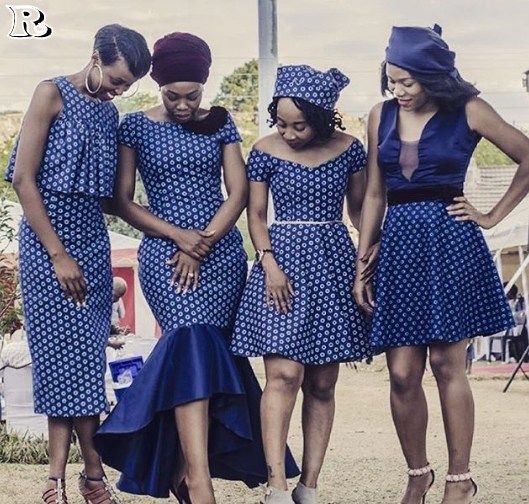
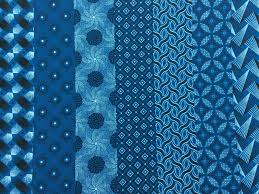
It is an Akan royal & sacred cloth worn only in times of extreme importance & was the cloth of kings. Today it's more widespread.
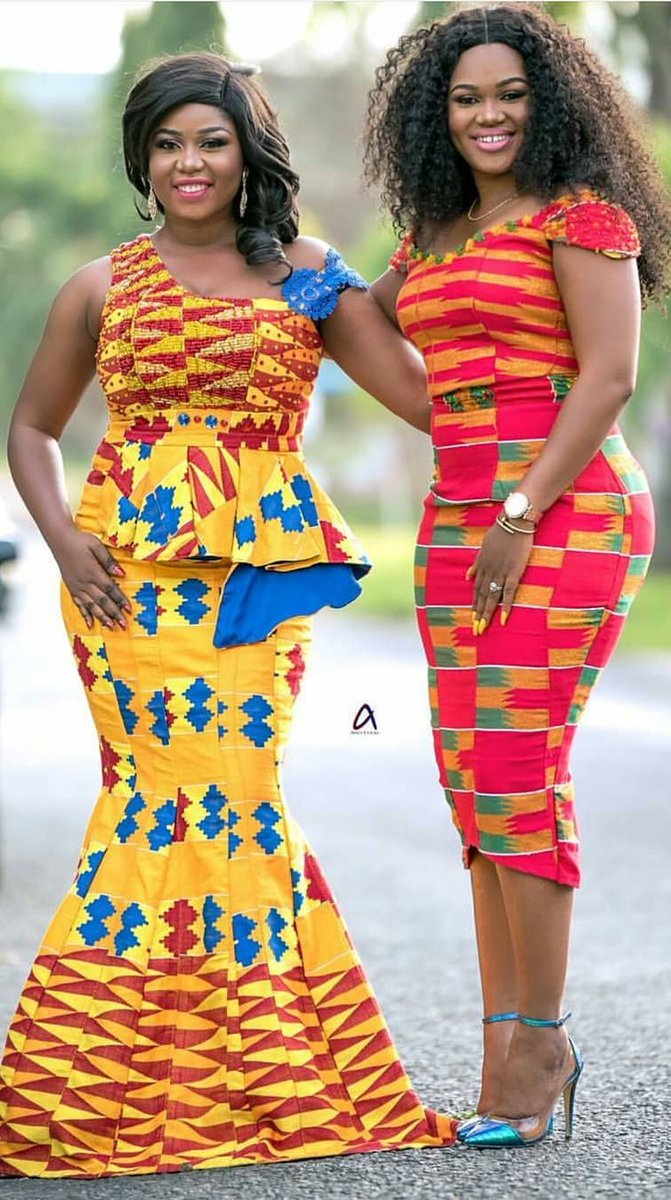
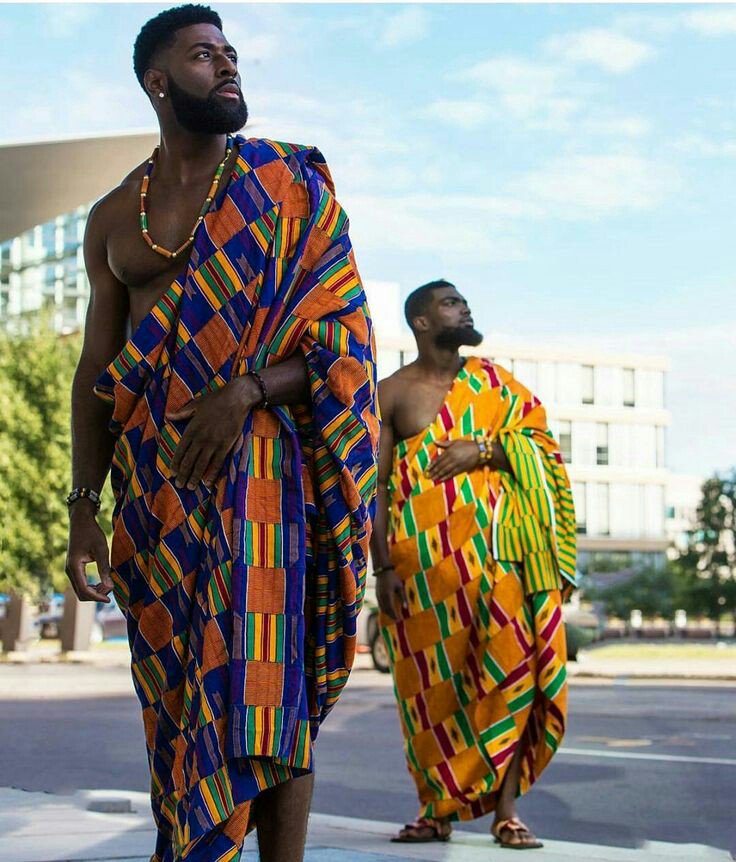
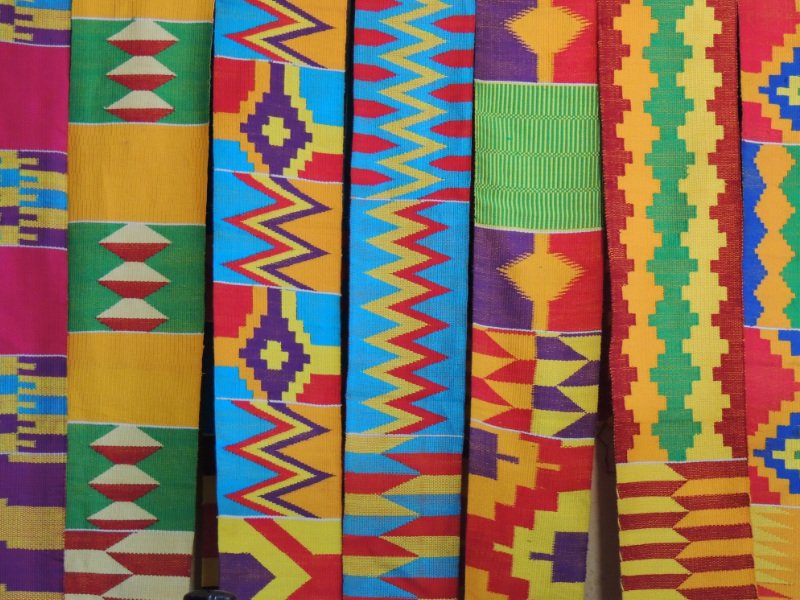
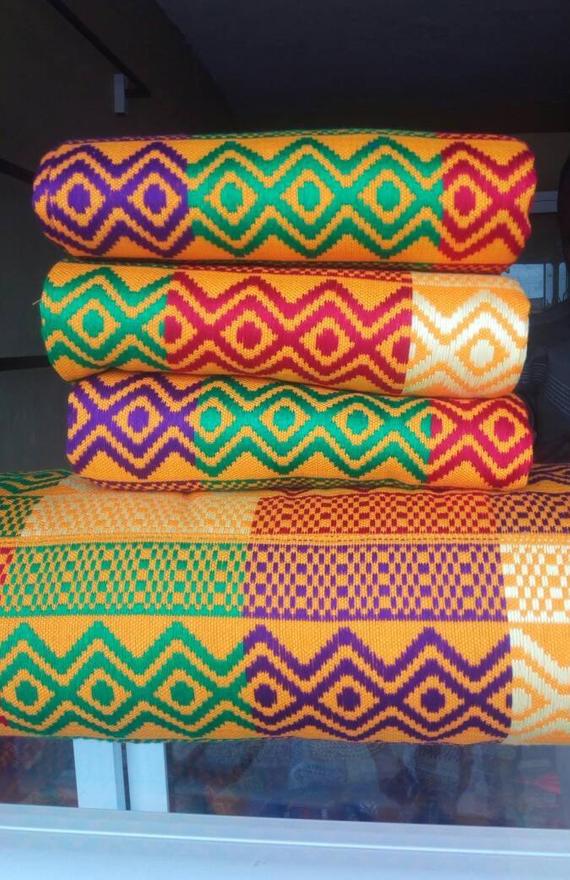
The traditional Igbo weaving as demonstrated in Akwete processes sisal-hemp, raffia and spun cotton into finished products.
Stunning!
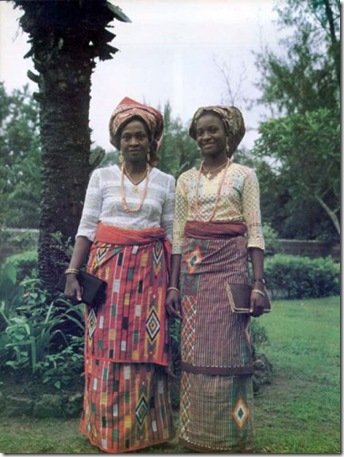
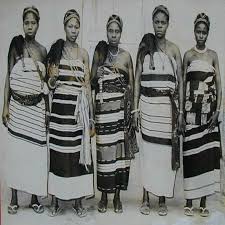

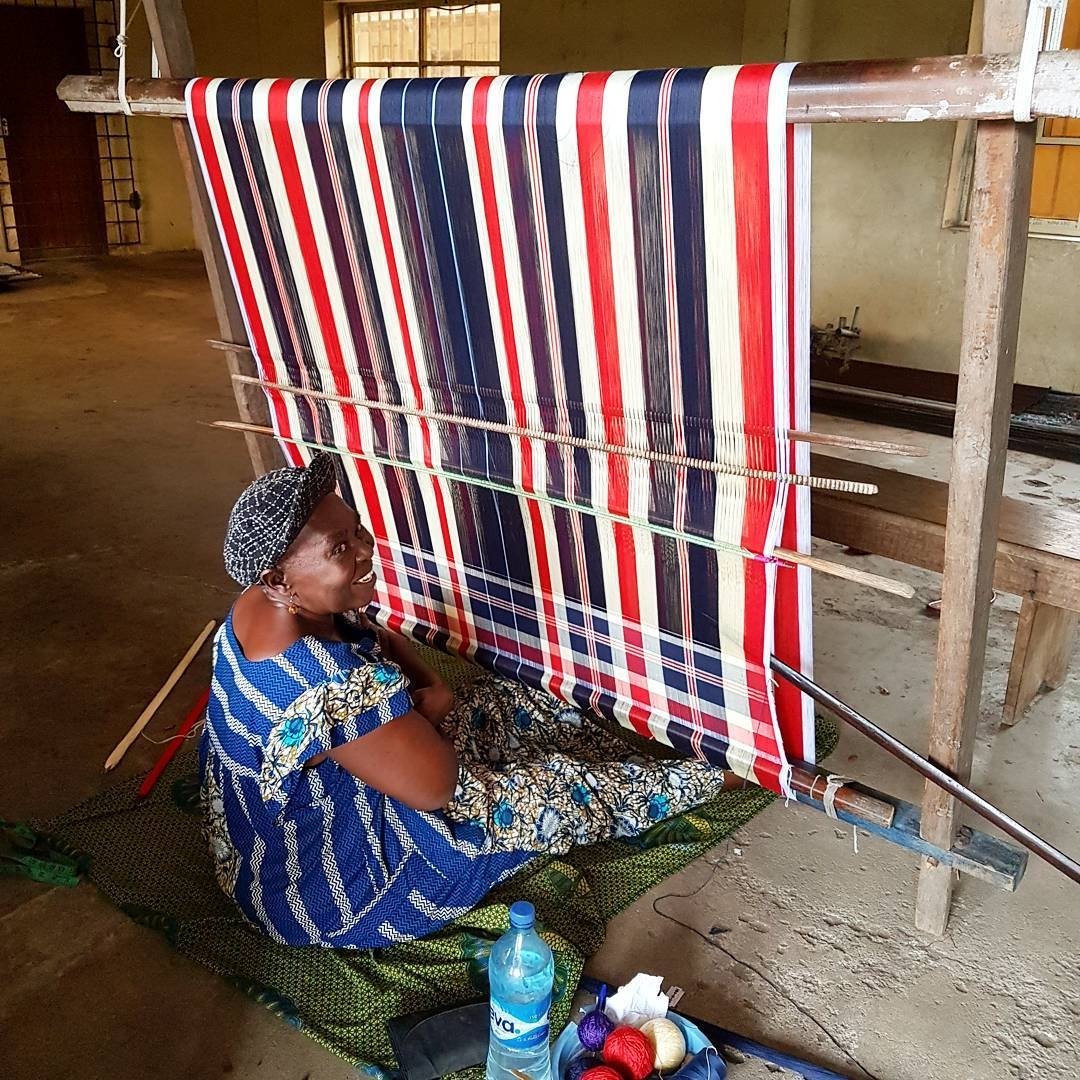
Once a year the men harvest the bark of the tropical fig tree. They moisten the bark, then beat it over a log with heavy wooden mallets.
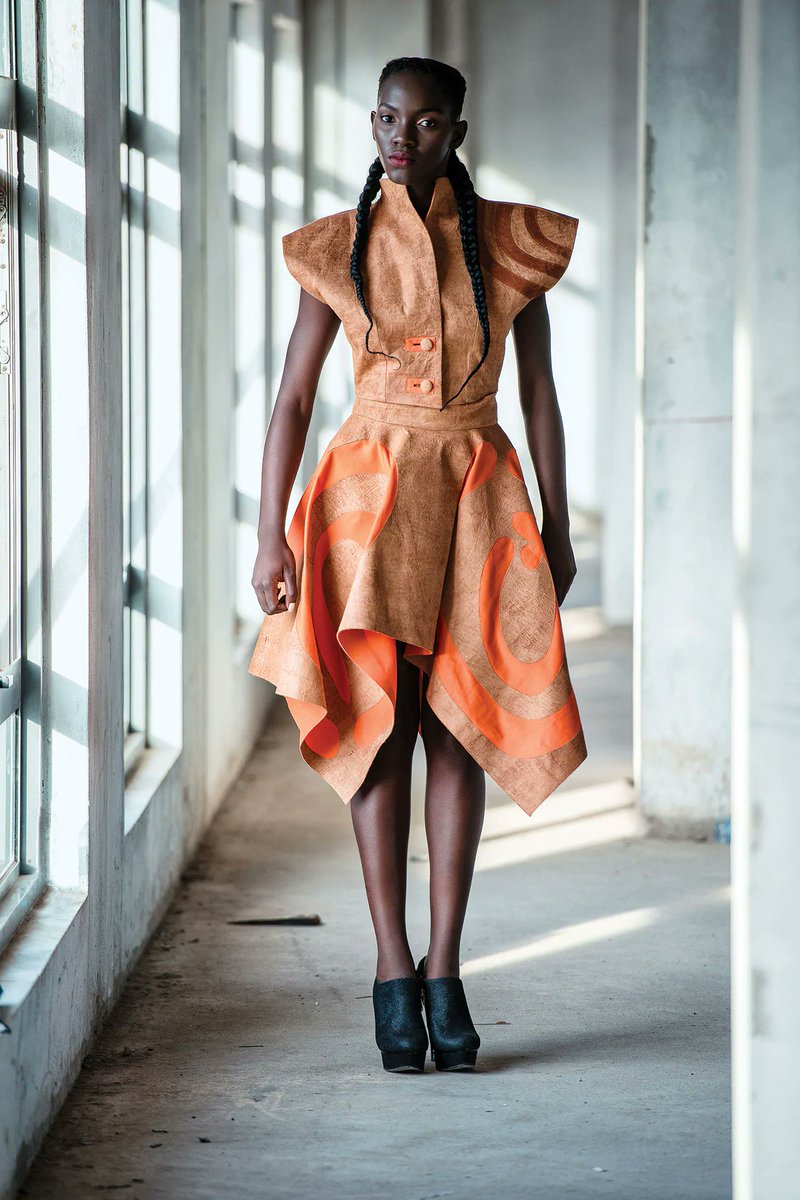

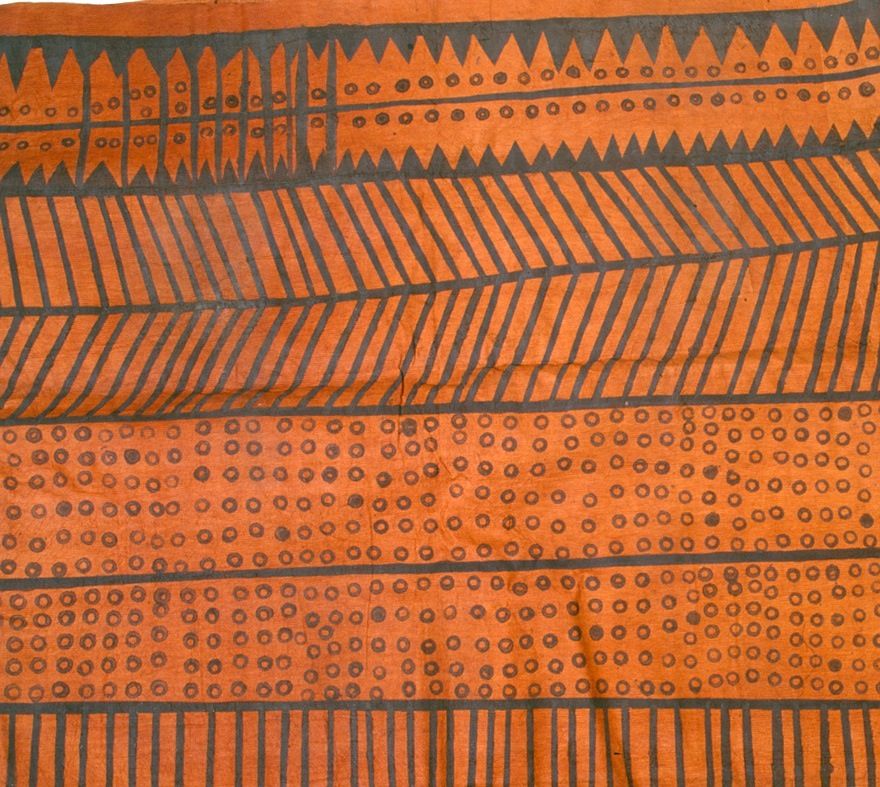
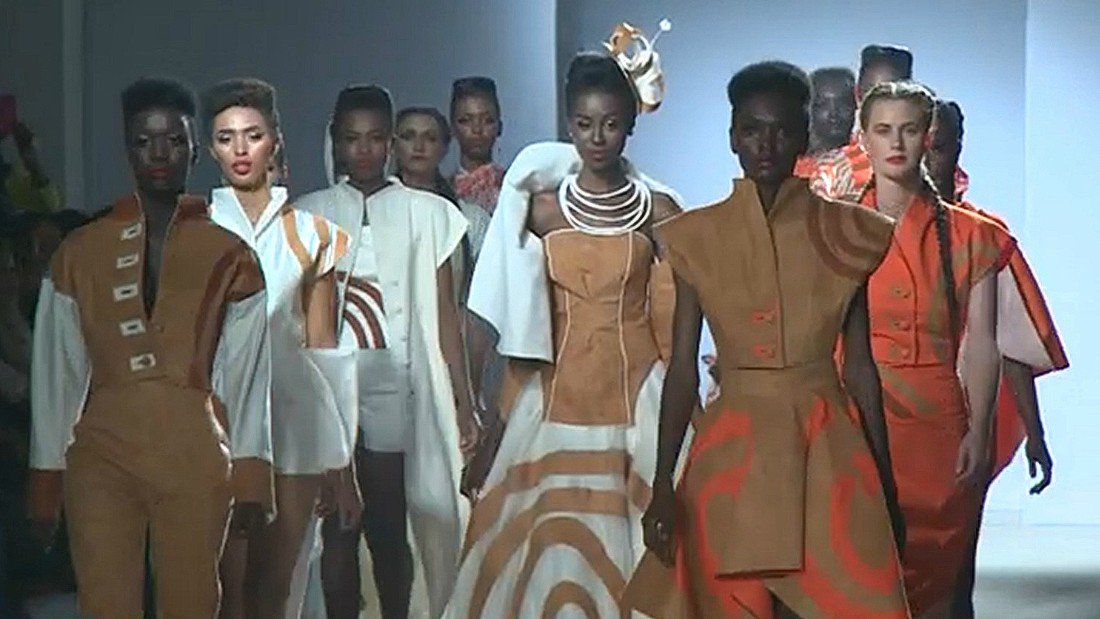
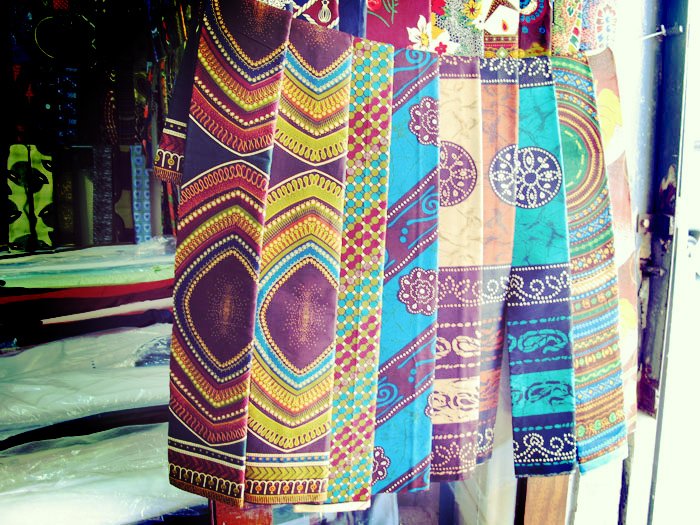
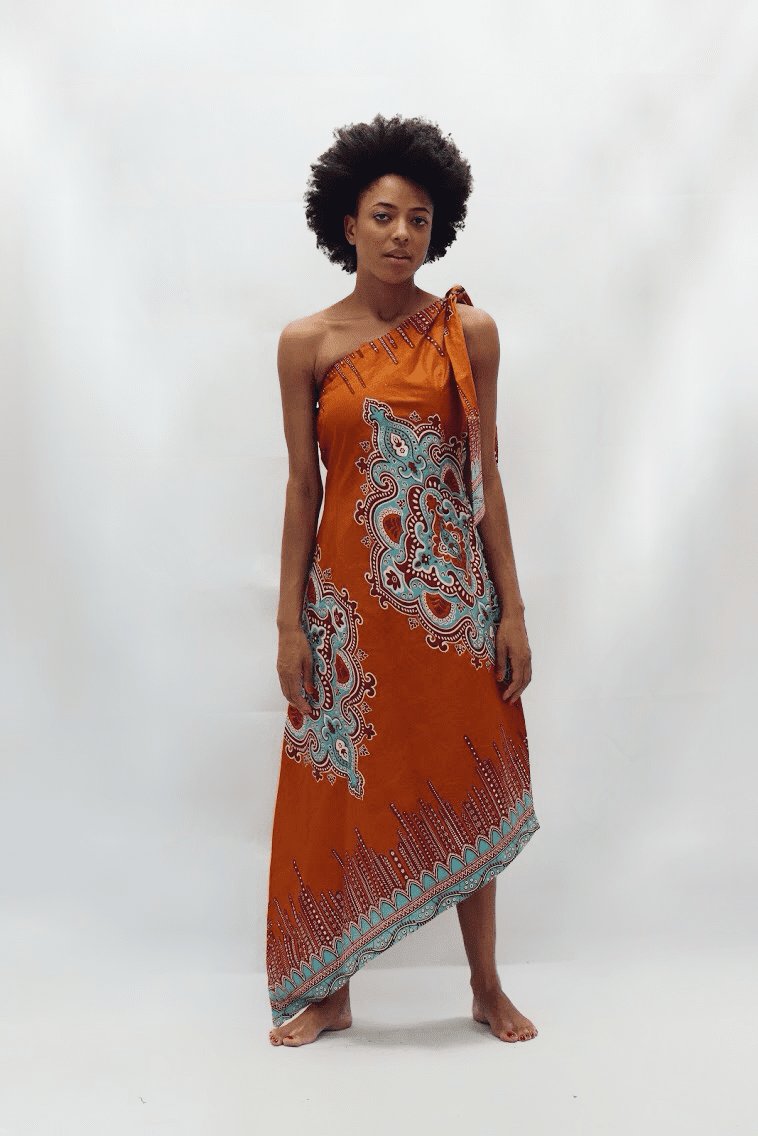
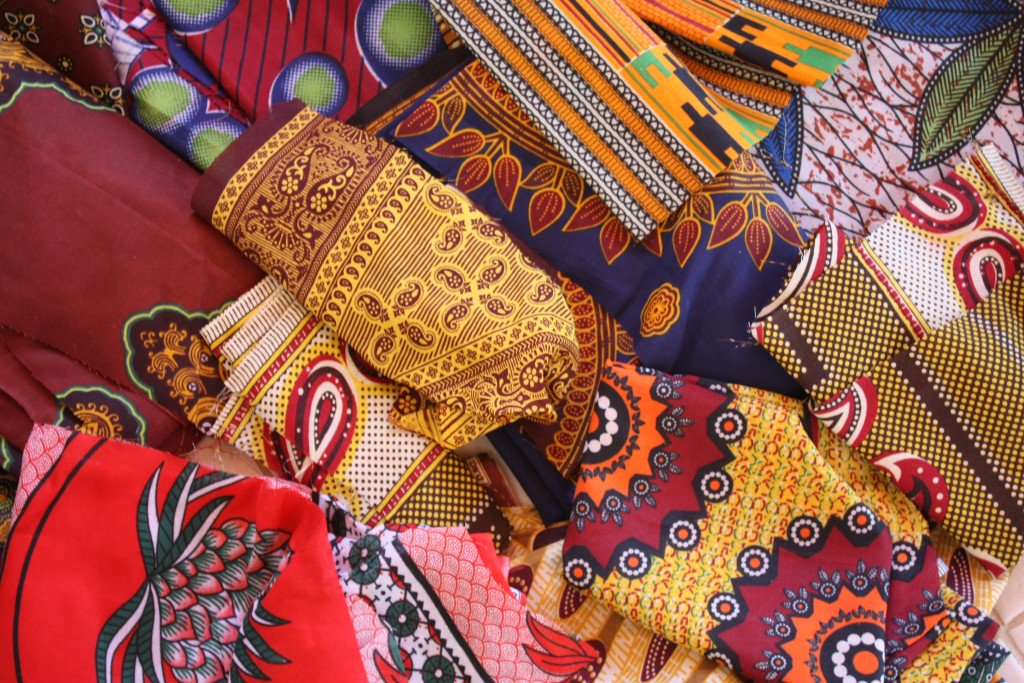
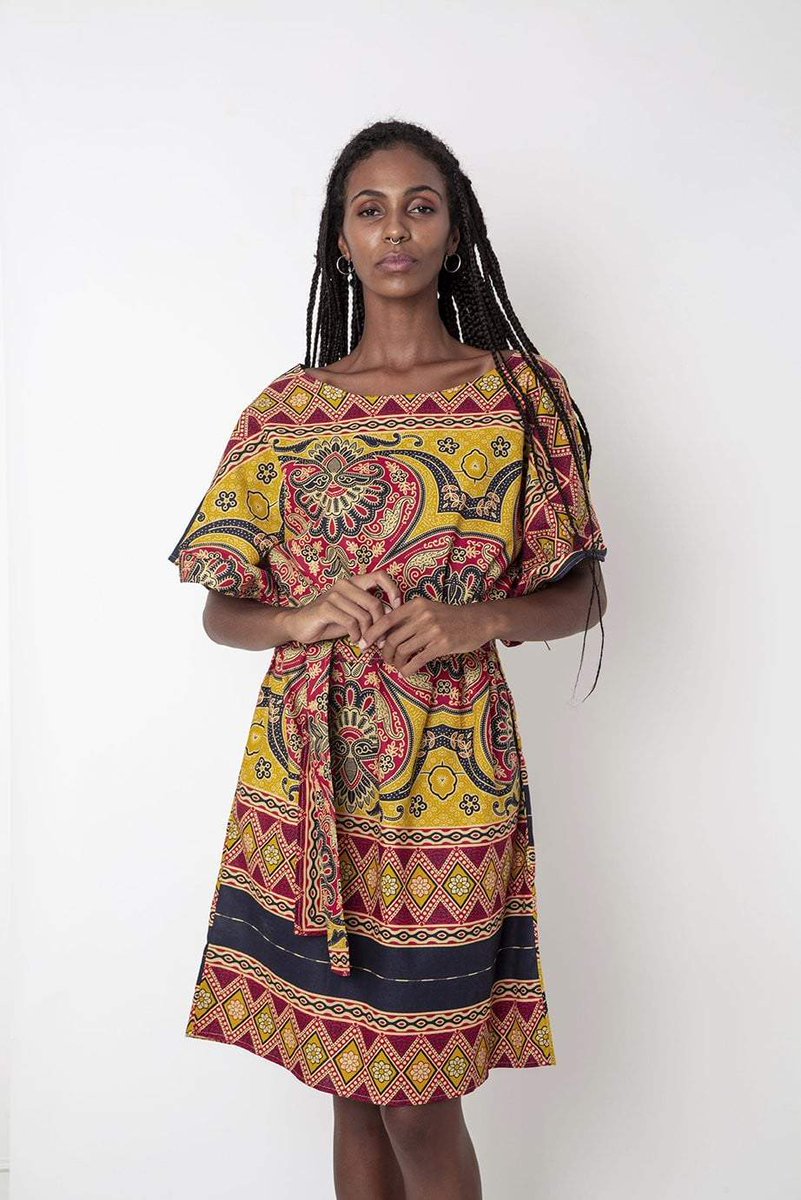
In Burkina Faso, this fabric is known as the symbol of patriotism.
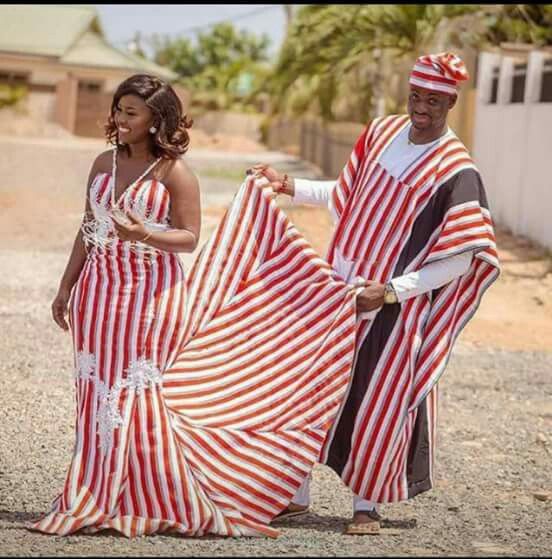
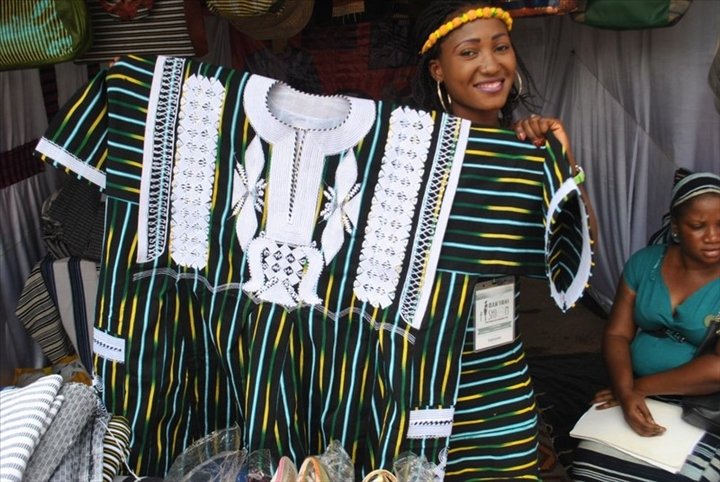
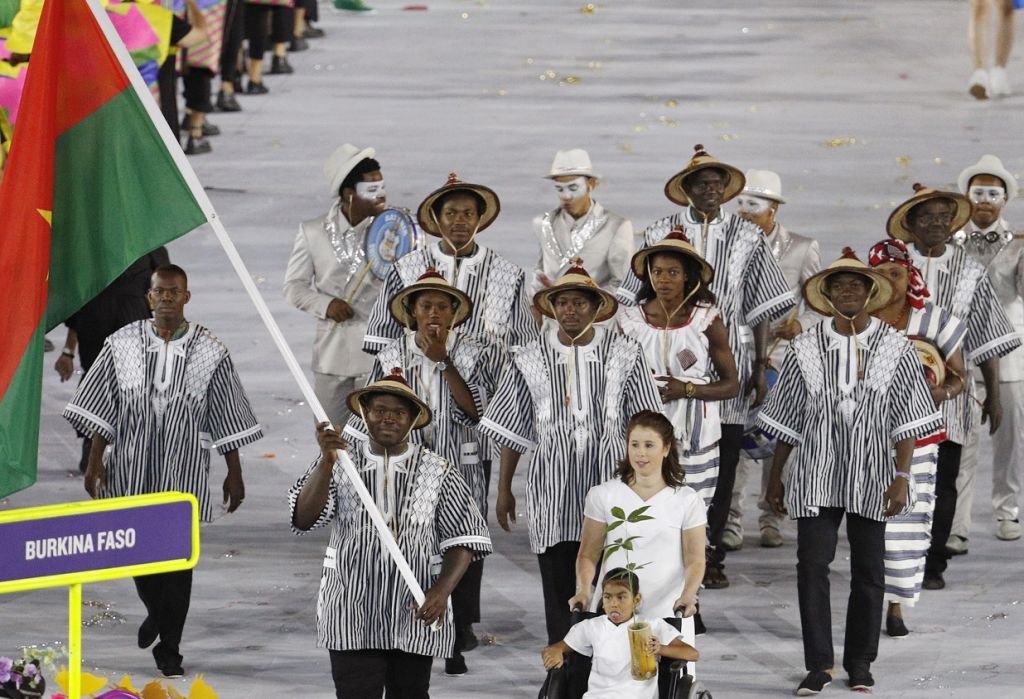
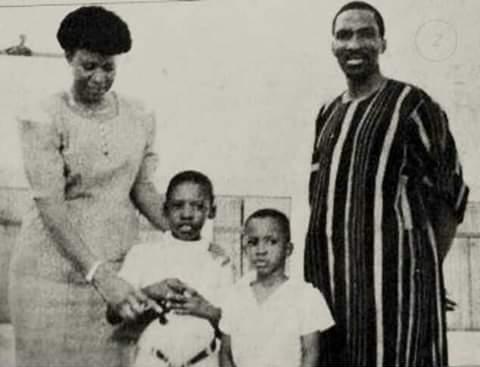

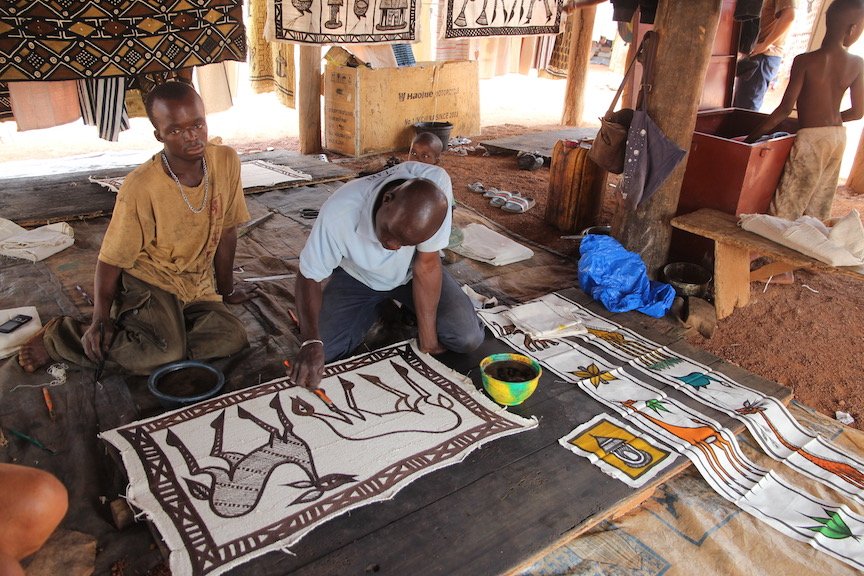

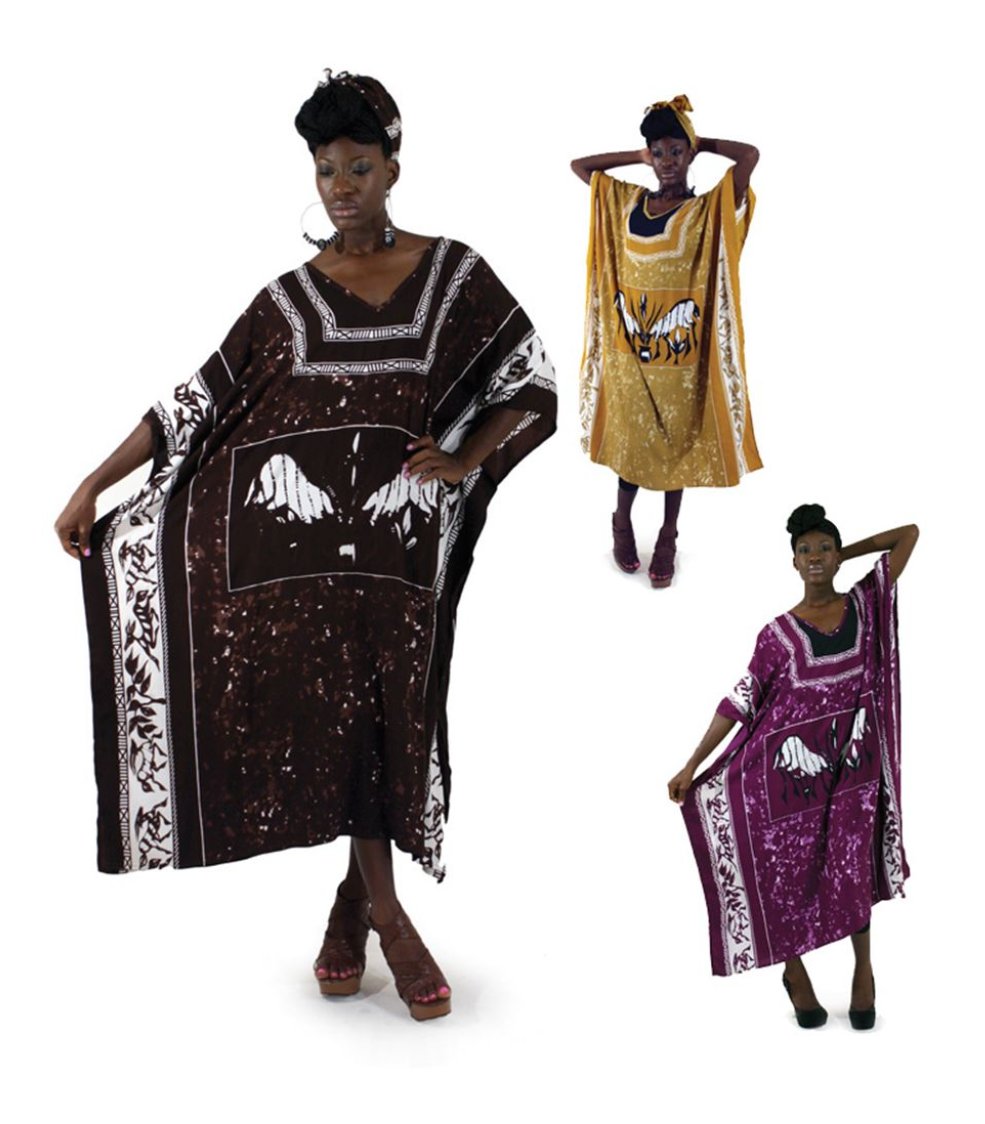
This textile is tightly woven using strands from raffia palm leaves. Raffia strands are also interwoven between the warp and weft to create intricate geometric patterns.
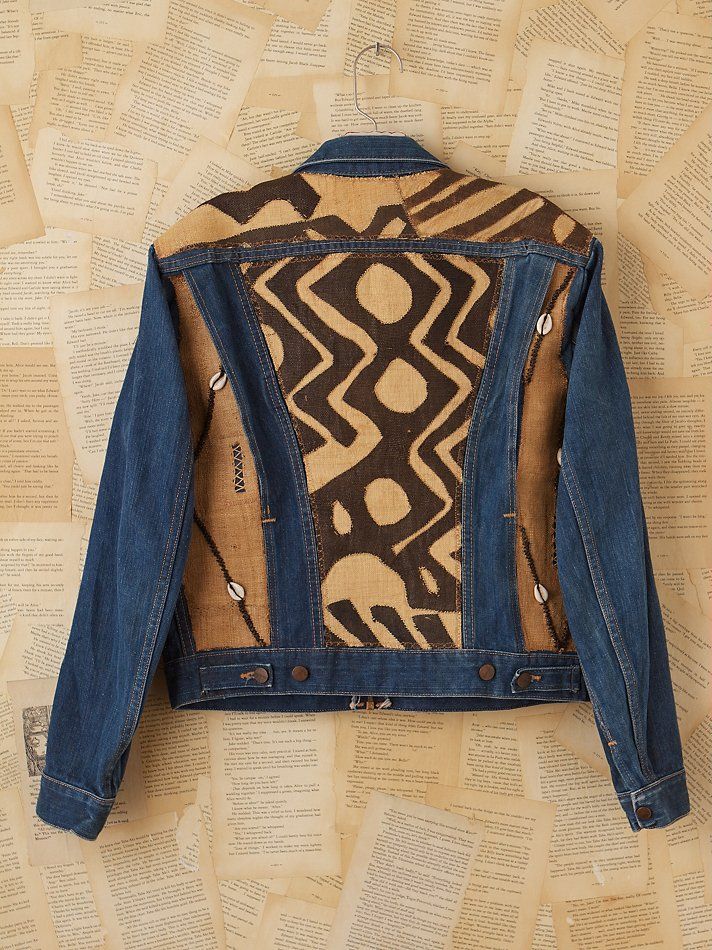

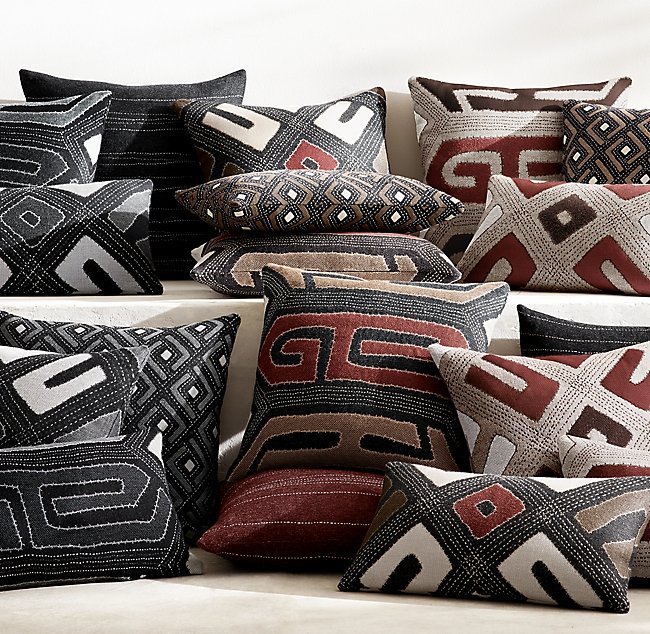

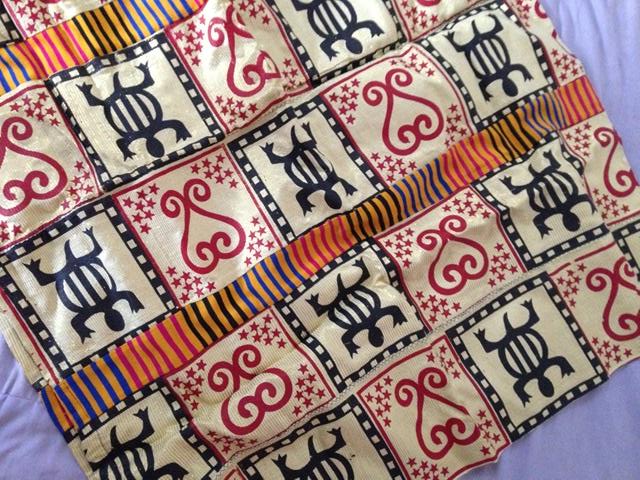
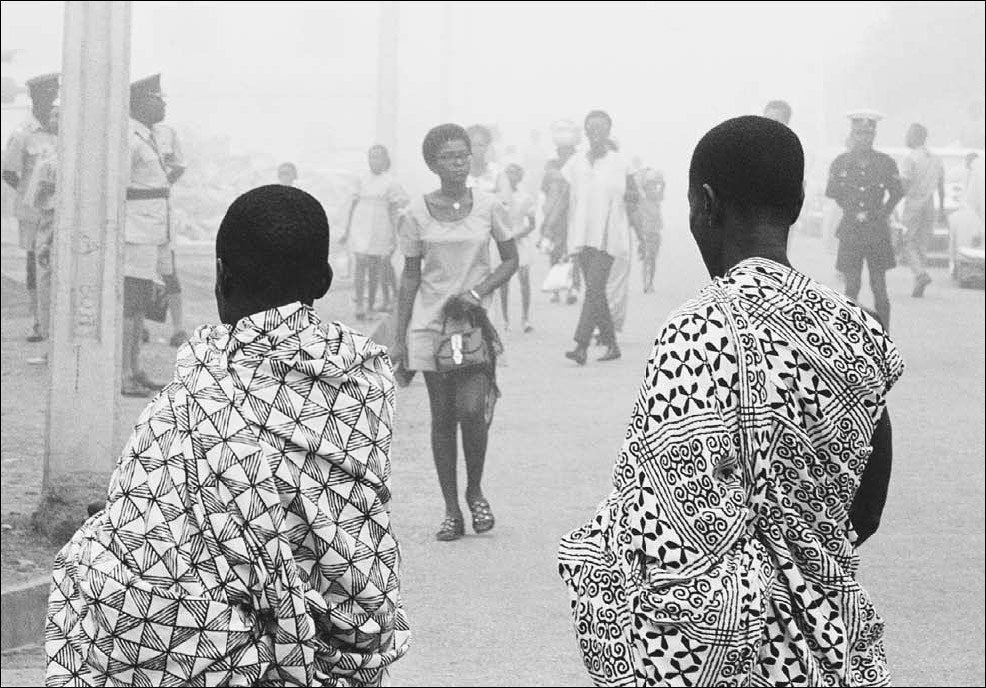
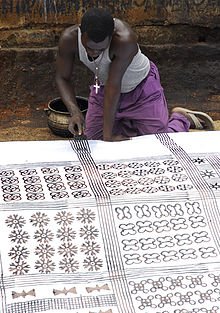
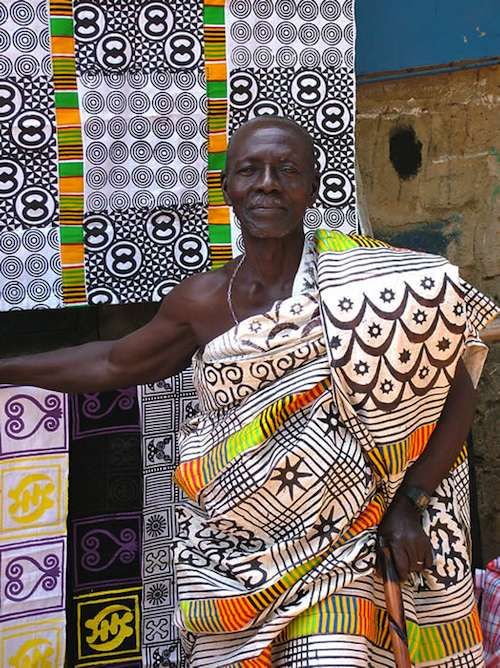
The value of the Manjak fabric lies not just in the weaving technique, but also in it’s ceremonial use marking the main rites of passage in a person’s life.
